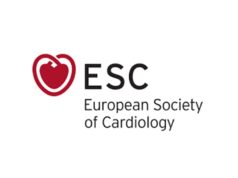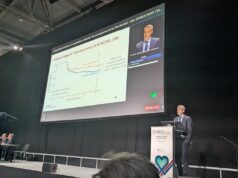A new study, published online in the Journal of Pediatrics, has found that preparticipation electrocardiograms (ECGs) in young athletes are difficult to interpret and that misinterpreted ECGs can lead to potentially dangerous advice being given-such as recommending that a young athlete can safely participate in an athletic event when they are actually at risk of sudden cardiac death.
The use of preparticipation ECG screening in young athletes is controversial, with some proposing that it is necessary to prevent sudden cardiac death.
It does have proven benefits-the annual rate of sudden cardiac death in the Venuto region of Italy decreased significantly after preparticipation screening was introduced. However, others believe that screening is not necessary because of both the low frequency of the causes of sudden cardiac death and the low rate of sudden cardiac death in the general population among other reasons. The American Heart Association, for example, does not recommend routine preparticipation screening.
The aim of this new study was to further the debate by evaluating the accuracy of paediatric cardiologists’ interpretation of ECGs. In an online survey sent to members of the Western Society of Pediatric Cardiology, participants had to interpret 18 ECGs (eight from patients with normal hearts and 10 from patients with conditions that commonly underlie sudden cardiac death) and state whether the ECGs were “normal”, what (if any) heart disease the patient had, what (if any) additional tests they might order, and whether they would recommend that the patient could participate in athletic events.
Of the 53 respondents who completed the survey (including 11 electrophysiologists), overall, only 69% correctly interpreted the ECGs-significantly lower than the 100% accuracy rate of two electrophysiologists who also took the survey and who were used as the “experts” providing the gold standard for diagnosis. Only 59% of all respondents correctly identified ECGs that were indicative of hypertrophic cardiomyopathy and only 71% correctly identified normal ECGs. All respondents and general cardiologists misinterpreted ECGs showing signs of myocarditis, long QT syndrome, Wolff-Parkinson-White syndrome, and pulmonary arterial hypertension more often than the experts. However, this difference was not significant. Overall, 78% of respondents gave the right advice regarding whether or not the patient could participate in a sporting activity. Of those who gave the wrong advice, respondents both restricted exercise when it was actually safe (26%) and allowed it when it was not (including 20% who allowed sports participation in patients with evidence of hypertrophic cardiomyopathy). The study authors Hill et al reported that the implications of restricting sports participation in healthy patients were “worrisome” because of the childhood obesity epidemic. They added that allowing patients to exercise when it was not safe was also a concern. “The consequences could be devastating because patients and families could have a false sense of security after knowing the results of an ECG.”
The authors concluded that if preparticipation screening was found to be beneficial, it was important to consider carefully who should read the ECGs and how they should be trained. How further education concerning sports restriction should be done was also considered important.












